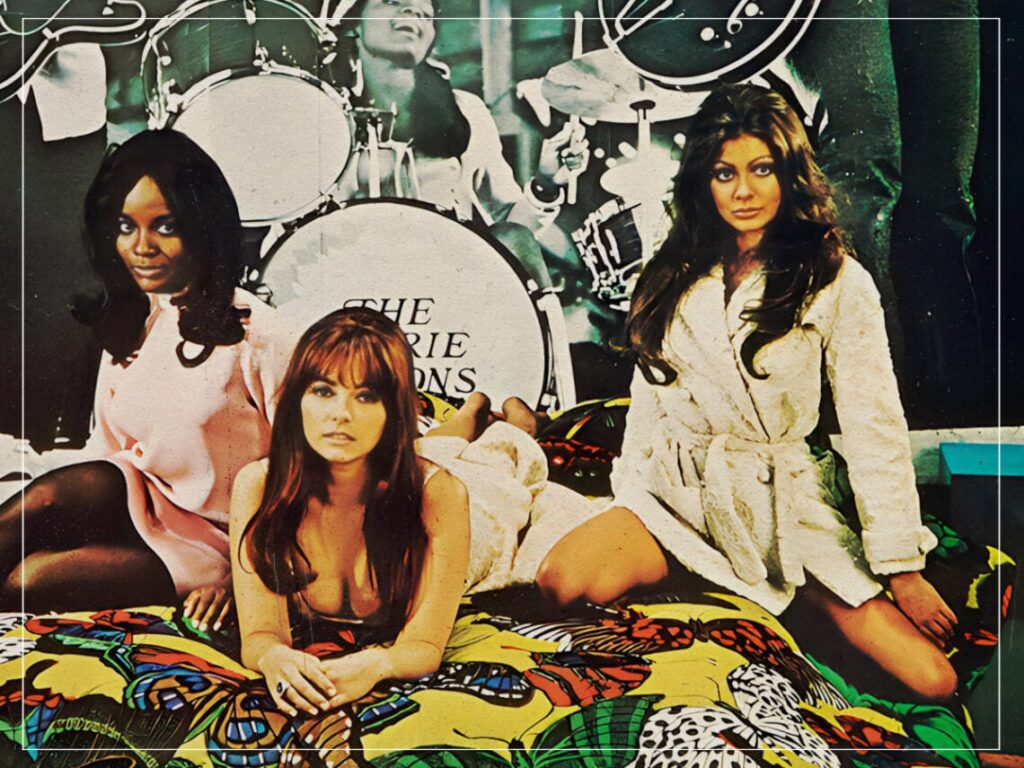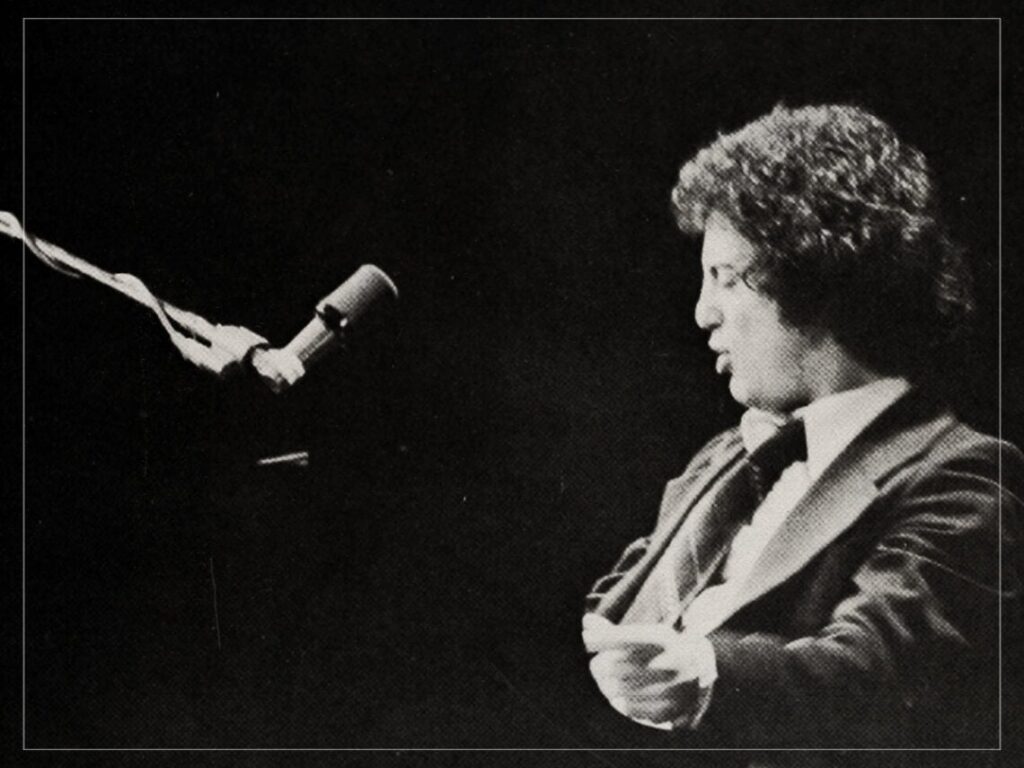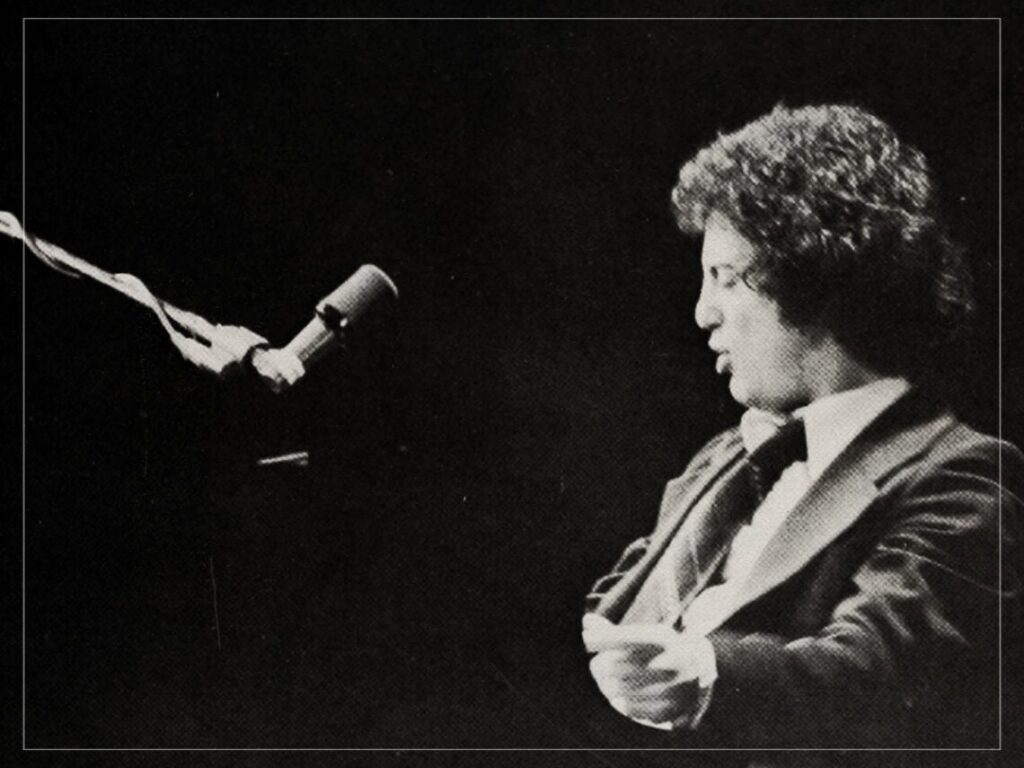The Carrie Nations: the trailblazing psychedelic band created by Roger Ebert
 Posted On
Posted On
(Credits: Far Out / 20th Century Fox)
Music, as a cultural phenomenon, exploded in the 1960s, with bands like The Beatles and The Rolling Stones becoming objects of fascination and intense fan worship. These bands pioneered new sounds while also producing a sense of mania among their fans, who followed them from city to city and even went as far as to break into their houses for a chance to meet them. Just as Elvis Presley had inspired such fanaticism in the previous decade, this sense of devotion, akin to religious fervour, continued on as these bands took music into unfounded territory.
The ’60s really were a transformative period, marking the start of an era where music was closely aligned with sex, drugs and living recklessly. Infidelity, groupies, cocaine, wild on-stage behaviour and copious amounts of alcohol defined this era of rock and roll, which continued on into the following years. Many artists, like Brain Jones, Jim Morrison, and Janis Joplin, died during these legendary years, during which excess was championed. The industry was full of corruption and darkness alongside musical innovation, and some people sadly succumbed to its pressures.
Over the years, filmmakers have made movies about the trials and tribulations of being in a band, from A Hard Day’s Night to Ladies and Gentlemen… The Fabulous Stains. Yet, one of the strangest has to be 1970’s Beyond the Valley of the Dolls, directed by Russ Meyer from a screenplay he co-wrote with film critic Roger Ebert. It’s a campy, bizarre ride, full of unexpected character twists and hilariously odd moments, acting as a parody of Valley of the Dolls, released three years earlier.
The movie follows an all-female rock band, the Carrie Nations, as they face the ups and downs of the industry. Drugs, sex, pregnancy, lesbianism, suicide, transvestites, murder, porn stars and psychedelic rock are just some features of the movie, which camp auteur John Waters once heralded as “like a fine wine; it gets better and better as life goes on”.
What’s interesting about the film is its focus on an all-female rock band, of which there were few during this period in music history. While there were bands like The Pleasure Seekers, The Shaggs, The Liverbirds and Fanny, all of the popular rock groups of the late 1960s and early ‘70s were male.
Yet, at the centre of Beyond the Valley of the Dolls are the fictional Carrie Nations, who, during the film, gain success through touring and recording several albums, which they somehow have time for despite the crazy events that take place. While their ending isn’t pleasant – in typical Meyer fashion, murder tears everything apart – the band temporarily ride a wave of success that proves how all-female groups can be just as popular as male ones. Back in 1970, however, this was something that a lot of people found hard to subscribe to.
Sadly, the Carrie Nations were never a real band; the actors mimed their parts, with Lynn Carey and Barbara Robinson performing the real vocals. Still, watching the women ‘play’ their instruments in the film to an adoring audience all the way back in the early ‘70s was pretty revolutionary. It wasn’t until the end of the decade that the first all-female punk band, The Slits, emerged, and they faced significant backlash from the public. Rock and punk were seen as male territories, but the Carrie Nations were proving otherwise at a time when all-female bands were only just starting to be recognised for their musical contributions.
[embedded content]


